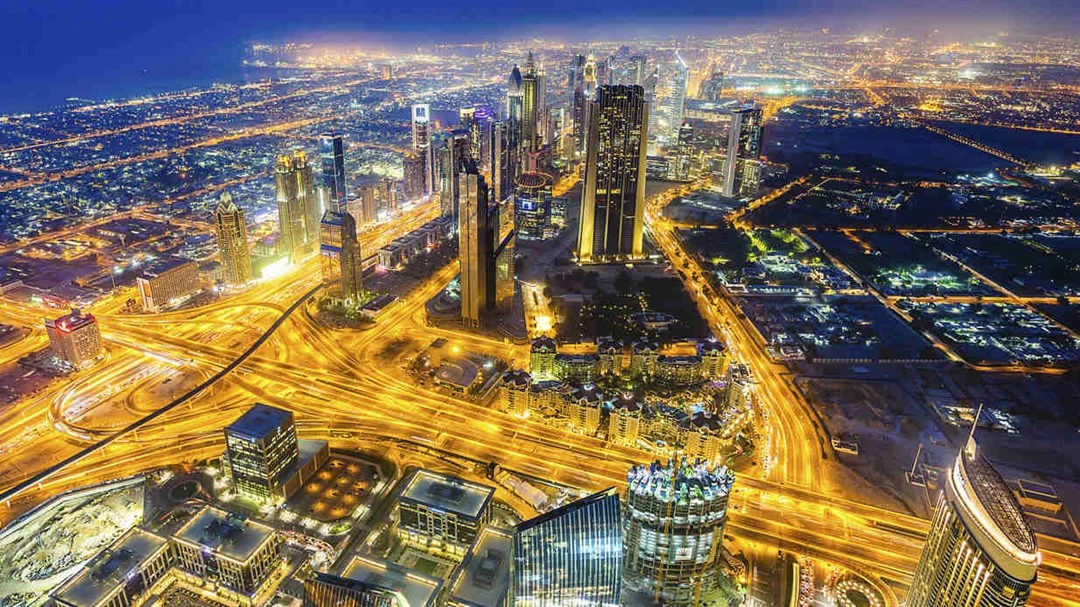By CGTN’s Nawied Jabarkhyl
Dubai’s decision to trade Shanghai gold contracts could boost the use of the RMB in the Middle East. The move, which will offer deals in the Chinese currency, marks the first time the Shanghai pricing mechanism has been used anywhere outside China.

VCG Photo
In its latest RMB Internationalization Study, the Hong Kong Shanghai Banking Corporation (HSBC) said businesses in the Middle East were most likely to use the currency for trade in the coming years, with as much as 80 percent looking to do so. An expert from a strategic and consulting company in Dubai also said signs are clear that the use of the Chinese yuan could be set to increase in the Middle East.
“For the private sector, of course, the usage [is] much more concentrated on trading activities. And, you know that China is actually the largest trading partner between a number of countries in the Middle East,” said Cong Hongbin, the Vice chairman for Falcon & Associates.
One factor that’s expected to boost the popularity of the RMB in the region is Dubai’s decision to become the first international location to offer Shanghai gold futures. Officials in Dubai say the move will help China’s efforts to have more say over the pricing of gold, as it’s already the largest consumer and producer of the metal worldwide.
“Dubai Multi Commodities Center (DMCC) and of course Dubai and the United Arab Emirates (UAE) participate in the Belt and Road initiative. Dubai, as you’re aware, sits right in the middle of the maritime Silk Road, and it brings international audiences to participate in the Chinese contract – on Dubai Gold and Commodities Exchange (DGCX),” said Gautam Sashittal, the CEO of DMCC.
However, it has its sights set on up to ten times that amount in the near future. The growing volume of trade is also serving up an opportunity for Chinese banks in this region. The Industrial and Commercial Bank of China (ICBC)’s branch in Qatar said it has seen almost 600 billion yuan (86 billion US dollars) cleared in transaction value. And Chinese investment in the Middle East totaled more than 160 billion US dollars between 2005 and 2016.
“The trade between China and the Middle East has increased more than 600 percent in the past decade. So, I believe, with the growing ties between China and the Middle East, the development of yuan business is quite promising,” said Zheng Chunyi, the general manager of ICBC Doha.
More broadly though, concerns remain about the attractiveness of the RMB. SWIFT data released in January showed the value of global yuan payments fell 30 percent in 2016. Analysts think such measures could deter uptake in the Middle East.

VCG Photo
Despite the recent fall in usage, the long-term picture for the RMB could be more promising, especially in the Middle East. Its recent inclusion into the IMF’s Special Drawing Rights basket has boosted its case as a global reserve currency. And the growing impact of the Belt and Road Initiative is clearly being felt too.
It’s clear that there’s a real shift taking place at the moment. Many believe that future growth will be in Asia, which is why countries like China are becoming increasingly important to Middle Eastern economies.









